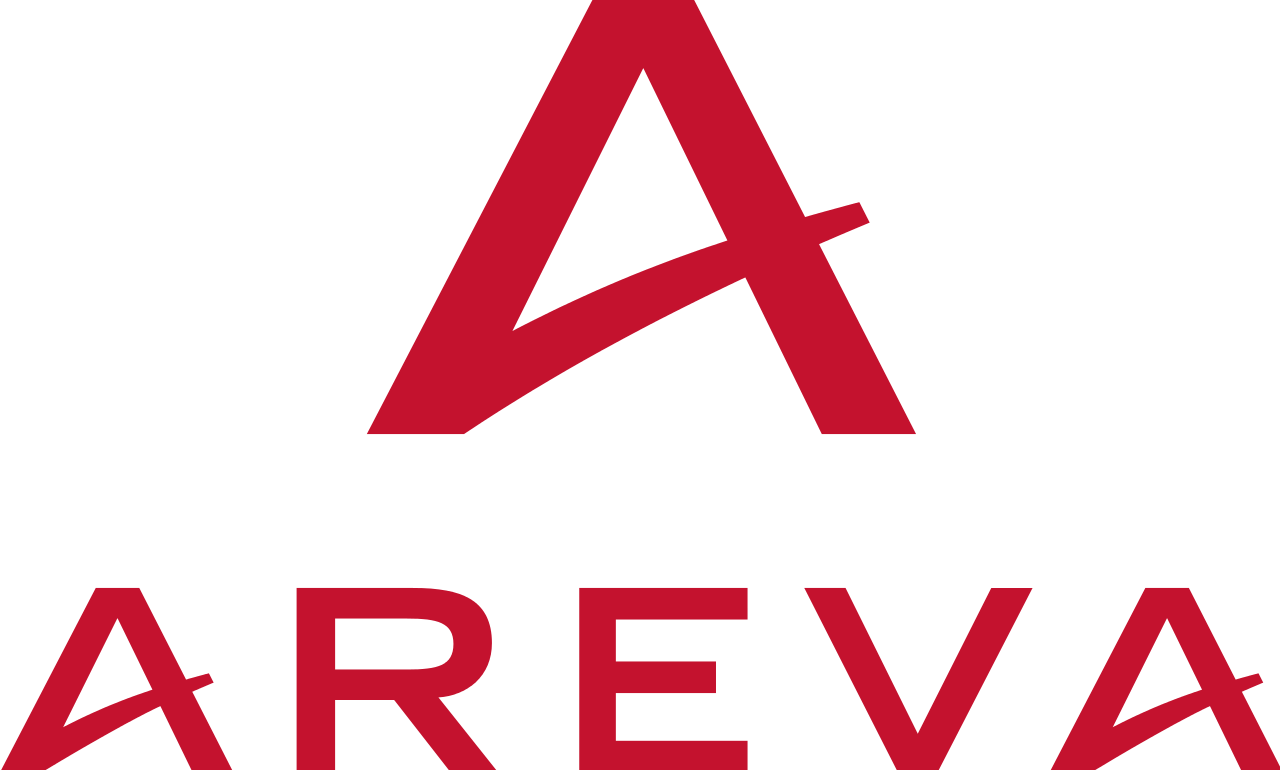8/23/2007
Press release
Treatment activity:
During this period, the UP2 800 and UP3 plants treated 8 tons of spent fuel. From all treated assemblies, a total of 670 tons have been processed to date this year.
On the two vitrification facilities, one is stopped for maintenance and other worked out 7 containers of vitrified fission products (1). Since the beginning of the year, the two facilities worked out 427 containers.
The facility of hulls compaction (ACC) produced 17 canisters of compacted residues. Since the beginning of the year, 864 canisters have been produced.
During this period, the UP2 800 and UP3 plants treated 8 tons of spent fuel. From all treated assemblies, a total of 670 tons have been processed to date this year.
On the two vitrification facilities, one is stopped for maintenance and other worked out 7 containers of vitrified fission products (1). Since the beginning of the year, the two facilities worked out 427 containers.
The facility of hulls compaction (ACC) produced 17 canisters of compacted residues. Since the beginning of the year, 864 canisters have been produced.
(1)The fission products (ultimate residues of spent fuel) are incorporated in heated glass to approximately 1100°C. The whole is poured in stainless steel containers. The fission products are an integral part of stable, compact and resistant glass. This process is called vitrification.
www.areva.com
